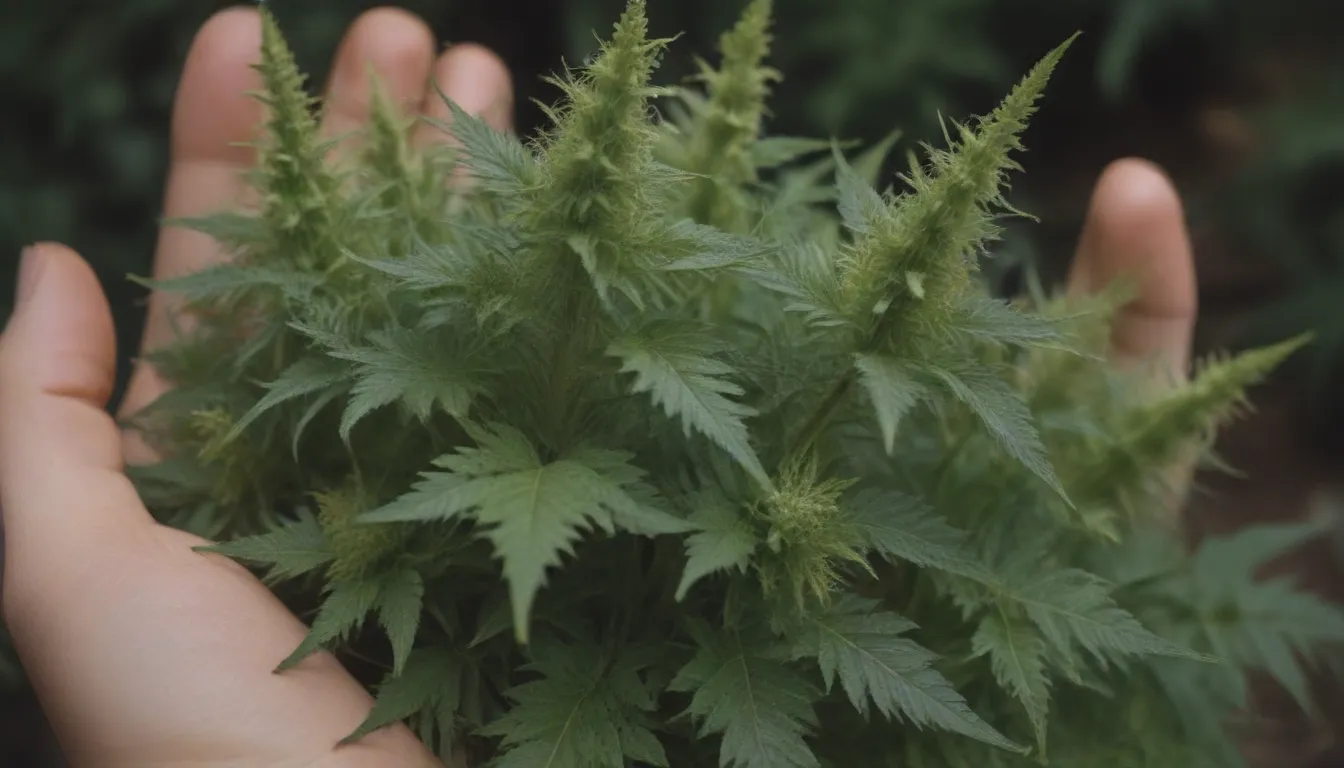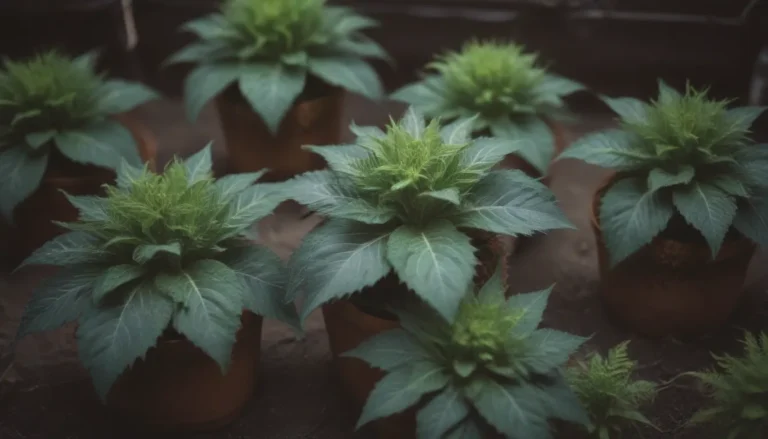The Ultimate Guide to Growing and Caring for Goutweed (Bishop’s Weed)

Are you looking to add a fast-growing, hardy ground cover to your garden? Goutweed, also known as bishop’s weed, might be the perfect choice for you. This herbaceous perennial can create lush, leafy mounds that work well under trees, on steep slopes, or in other challenging areas of your landscape. In this comprehensive guide, we will explore everything you need to know to successfully grow and care for goutweed in your garden.
What is Goutweed?
Goutweed, scientifically known as Aegopodium podagraria, is a versatile plant with a reputation for being a vigorous grower. Its fast-spreading roots and self-seeding abilities make it an excellent option for gardeners looking to fill in bare spots quickly. However, its aggressive nature can also make it a challenge to contain, earning it a classification as an invasive species in many regions.
Growing Conditions for Goutweed
Before you start planting goutweed in your garden, it’s essential to understand the growing conditions this plant prefers. Here are some key factors to consider:
Light:
- Goutweed thrives in partial shade but can also tolerate full shade and full sun with adequate moisture.
- Dense shade can inhibit flowering, while intense sunlight may cause leaf scorch.
Soil:
- Goutweed is not picky about soil types as long as it is well-drained.
- It prefers slightly acidic soils but can adapt to a range of pH levels.
Water:
- Goutweed enjoys moist conditions and can even survive in saturated ground.
- Water weekly if there is no rainfall, allowing the soil to dry out slightly between waterings to prevent root rot.
Temperature and Humidity:
- Goutweed can withstand extreme temperatures, making it a hardy plant for various climates.
- The plant is not affected by high humidity, contributing to its resilience.
Fertilizer:
- While goutweed is not a heavy feeder, adding organic matter to poor soils can promote healthier growth.
Caring for Goutweed
Once you’ve planted goutweed in your garden, it’s crucial to stay on top of its care requirements to prevent it from becoming unruly. Here are some essential tips for maintaining your goutweed:
Pruning:
- Deadhead the flowers before they go to seed to help control spreading.
- Cut back flowering stalks to maintain a neater appearance if using goutweed as a ground cover.
Propagating:
- Divide existing plants or propagate new growth from cuttings of the rhizomes.
- Plant divisions directly in the garden in the spring for the best results.
Common Pests and Diseases:
- Goutweed is known for its resilience against pests and diseases.
- In hot and humid regions, the plant may suffer from leaf blight, which can be managed by mowing back the foliage.
Tips for Growing Goutweed From Seed
If you prefer to grow goutweed from seed, here are some steps to follow for success:
- Cold stratify the seeds to promote germination.
- Sow the seeds in moist soil in a cold frame before transplanting seedlings in the summer.
Overwintering Goutweed
Goutweed is hardy enough to survive cold winters without additional protection. Simply let the plant go dormant and resume growth in the spring.
How to Get Goutweed to Bloom
If you’re wondering how to encourage goutweed to bloom, here are some tips to help you enjoy the plant’s delicate white flowers:
- Goutweed blooms in late spring to midsummer, typically in May and June.
- The flowers are small, white, and attractive to bees, butterflies, and birds.
- Deadhead the flowers after the blooming season to maintain a tidy appearance.
Dealing With Common Goutweed Problems
While goutweed is relatively resistant to pests and diseases, it can be challenging to eradicate once established. Here are some tips for managing this invasive plant:
Invasive Growth:
- Trim or mow goutweed to control its spread and prevent it from taking over your garden.
- To eradicate goutweed completely, dig deep to remove roots and rhizomes, avoiding composting.
- Cover the growing area with black plastic sheeting in the spring to smother the plant and prevent regrowth.
Conclusion
Goutweed, also known as bishop’s weed, can be a valuable addition to your garden if you’re prepared to manage its vigorous growth. By understanding its growing requirements, implementing proper care practices, and taking proactive steps to control its spread, you can enjoy the lush foliage and delicate blooms of this resilient plant. Remember to plant goutweed responsibly and monitor its growth to prevent it from becoming a nuisance in your landscape.
Start incorporating goutweed into your garden today and watch as this versatile plant transforms your outdoor space with its fast growth and low-maintenance nature. With the right care and attention, goutweed can be a beautiful addition to any garden, adding texture, color, and interest to your landscape.





